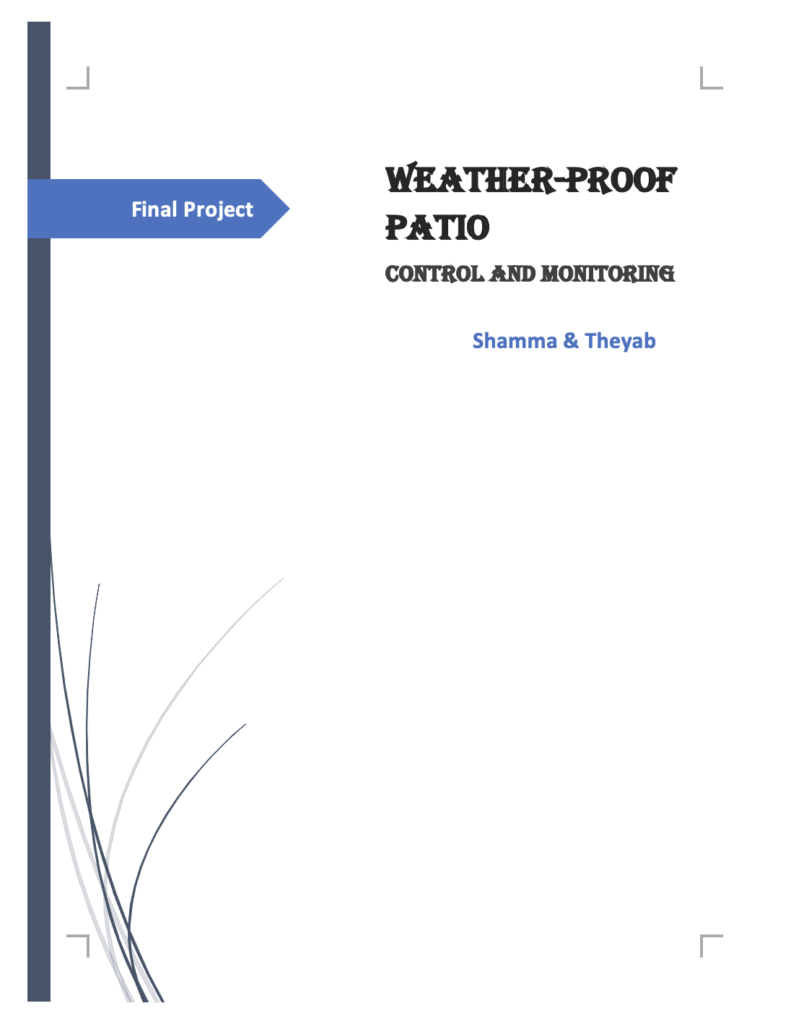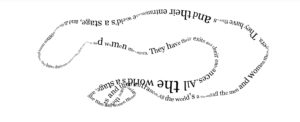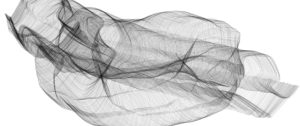Description:
Create a physically interactive system of your choice that relies on a multimedia computer for some sort of processing or data analysis. The Final should use BOTH Processing AND Arduino.Your focus should be on careful and timely sensing of the relevant actions of the person or people that you’re designing this for, and on clear, prompt, and effective responses. Any interactive system is going to involve systems of listening, thinking, and speaking from both parties. Whether it involves one cycle or many, the exchange should be engaging. You may work alone or in pairs.
Idea:
I plan on creating a video game influenced by your hand moments using a glove. So the character in the game would be guided by different sensors on the gloves and move around accordingly.
Processing:
This will the area of display for the game. I am imagining creating a game something like Mario, which includes jumping and moving forward. In addition to that maybe I can get some enemies and some fighting as well.
Arduino:
Photoresistors , potentiometers, buzzer, and ultrasonic sensors are some of the things I plan on using on the technical part. I have not decided which sensor will help me for what function, but I am sure it is going to be something along these lines.







